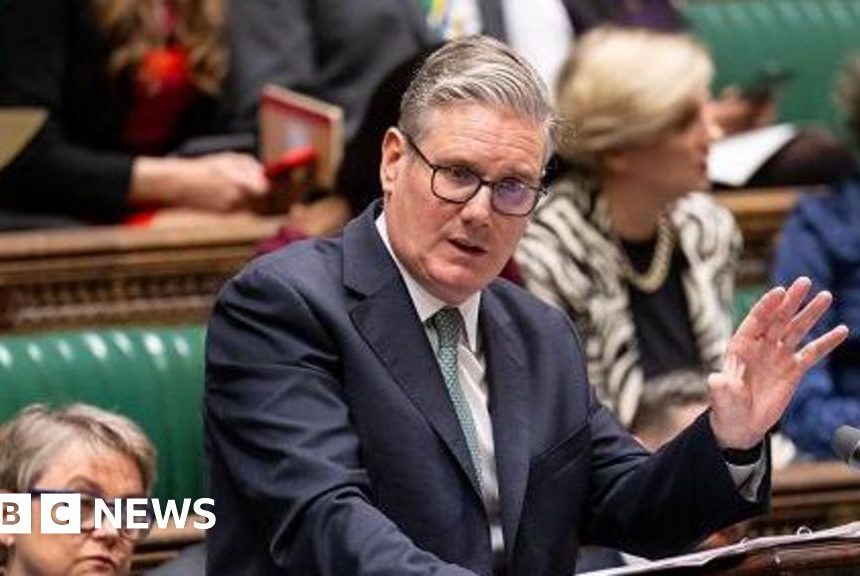If the government shuts down on Wednesday, hundreds of thousands of workers will be sent home without pay, disrupting a wide range of federal programs. Despite the imminent deadline, not all agencies have released contingency plans for how they would operate. Here’s what we know so far.
| Agency | Total employees |
Planned furloughs |
Share |
|---|---|---|---|
|
General Services Administration |
240 | 234 | 98% |
| 2,447 | 2,117 | 87 | |
| 42,984 | 34,711 | 81 | |
| 12,916 | 9,775 | 76 | |
| 26,995 | 16,651 | 62 | |
|
Defense (civilian workforce) |
741,477 | 334,904 | 45 |
|
Health and Human Services |
79,717 | 32,460 | 41 |
| 51,825 | 6,197 | 12 | |
| 115,131 | 12,840 | 11 | |
|
Office of Personnel Management |
2,007 | 210 | 10 |
| 271,927 | 14,184 | 5 | |
| 461,499 | 14,874 | 3 |
The impacts will vary from department to department. Some services and programs will continue mostly uninterrupted if they are self-funded or considered “mandatory” spending, such as the Postal Service and Social Security benefits.
Some employees will be required to report to work during the shutdown, and many will do so without pay until funding is restored. This includes workers deemed “essential” to protecting life and property, such as federal law enforcement officers, active-duty troops and air traffic controllers.
Some shutdowns have ended after a few days, but this impasse is particularly contentious. The White House also threatened last week to use a shutdown to carry out another round of mass firings.


